#slooh canary two
Photo
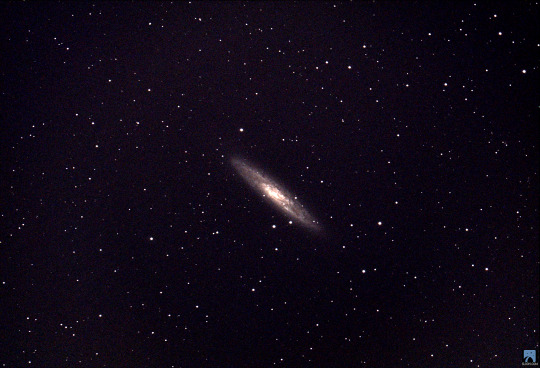
This is the Silver Coin Galaxy! 💫💫💫
This intermediate spiral galaxy was found when famous astronomers Caroline Herschel was searching for comets in the night sky. At the center of the populated Sculptor galaxy group, this galaxy is one of the brightest and most active galaxies in the Milky Way’s vicinity! ✨✨✨
Taken by me (Michelle Park) using the Slooh Canary Two telescope on July 20th, 2022 at 4:57 UTC.
#astroimages#astro#astronomy#astrophysics#universe#space#night#telescope#telescopes#astrophotography#photography#galaxy#galaxies#spiral galaxy#spiral galaxies#silver coin galaxy#active galaxy#slooh#slooh canary two#nightsky#stars#star
200 notes
·
View notes
Photo

The Exploding Galaxy is a starburst galaxy which may have been deformed by M81, another neighboring galaxy. 🌌
Starting in April 2010, the Exploding Galaxy started sending out strange radio signals and scientists to this day don’t understand them yet... 👽👽👽
Taken by me (Michelle Park) using the Slooh Canary Two telescope on April 19th, 2020 at 21:57 UTC.
#astroimages#astro#astrophotography#universe#galaxy#galaxies#explosion#exploding#aliens#starburst#space#nasa#telescope
25 notes
·
View notes
Text
Slooh’s stargazing telescope livestreams now free to view
If you enjoy watching nature livestreams (and let's face it, who hasn't put on a panda cam at least one or twice while toiling away), then you may love today's announcement. Slooh, an online astronomy community that has a network of telescopes, is now making virtual viewing free.
Slooh's aim is to bring outer space to your fingertips; it owns two telescopes in Chile and seven in the Canary Islands. It allows its paid members to book time to control these telescopes. You can secure 5 reservations per month (5–10 minutes in length) for $5 per month or an unlimited number of reservations for $25 per month. Other Slooh members can sit back and watch online, but until today, they were required to pay for the privilege. Now the organization has opened up viewing for free; all you have to do is register to view live streams of outer space.
Right now, some of Slooh's telescopes are offline due to dust in the air, and obviously when it's daylight at a telescope's location, it will be dormant. To join Slooh's community, you can register on their website. You'll be taken to a payment page, which offers a 30-day trial of the $5/month tier, but you can move ahead with a free account by clicking the "Continue Exploring the Community" option. You can't control the telescopes, and the number of photos you'll be able to take is limited, but hey, it's hard to complain about a free account.
Via: The Verge
- Repost from: engadget Post
0 notes
Photo
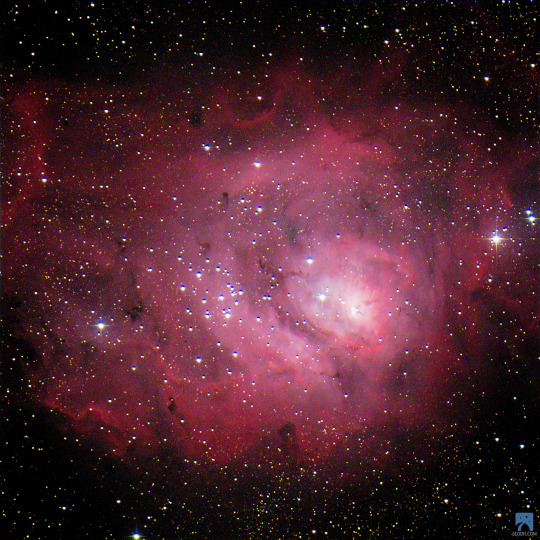
This is the Lagoon Nebula! 💗💗💗
The beautiful lagoon shaped portion is created from aggressive stellar winds pushing the nebulae’s gas and dust aside. Many of the stars here are young, hot O-type stars that are more than 200,000 times brighter than the Sun! ✨✨✨
Taken by me (Michelle Park) using the Slooh Canary Two telescope on July 23rd, 2022 at 22:31 UTC.
#astroimages#astro#astronomy#astrophysics#universe#space#night#telescope#telescopes#astrophotography#photography#slooh#slooh canary two#canary two telescope#lagoon nebula#messier 8#emission nebula#emission nebulae#nightsky#star#stars#nebula#nebulae#red#cosmos#aesthetic
170 notes
·
View notes
Photo
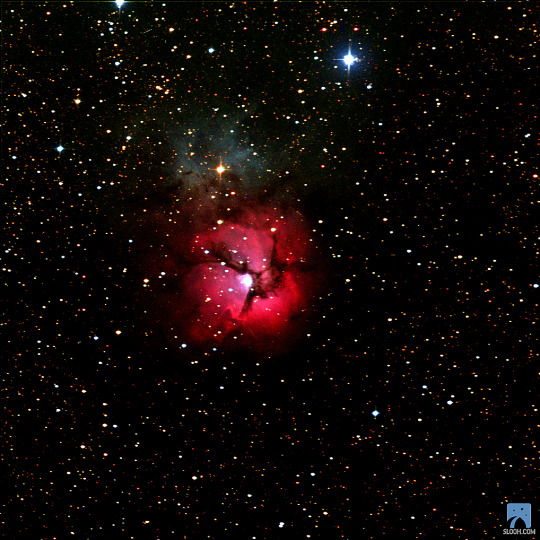
This is the Trifid Nebula! ✨✨✨
At the center of this nebula is a group of bright newborn stars that are releasing streams of radiation and sculpting the nebula’s shape. Located next to the famous Lagoon Nebula, the Trifid Nebula is a common target for astrophotographers due to its vibrant colors and high visibility! 💖💖💖
Taken by me (Michelle Park) using the Slooh Canary Two telescope on June 3rd, 2022 at 1:17 UTC.
#astroimages#astro#astronomy#astrophysics#universe#telescope#telescopes#star#nightsky#stars#nebula#nebulae#emission nebula#emission nebulae#slooh#slooh canary two#slooh canary two telescope#canary islands#trifid#trifid nebula#astrophotography#photography
85 notes
·
View notes
Photo

This is Comet Pan-STARRS! 🌠🌠🌠
This comet took millions of years to arrive from the Oort Cloud. Its unusual brightness, which allowed it to be visible even in 2013, and its hyperbolic orbit show that the comet could potentially have interstellar origins! 💫💫💫
Taken by me (Michelle Park) using the Slooh Canary Two telescope on July 21st, 2022.
#astroimages#astrophotography#photography#astronomy#astrophysics#universe#nightsky#comet#comets#star#stars#cosmos#comet panstarrs#panstarrs#slooh#slooh canary two#slooh canary two telescope#physics#orbit#orbits#solar system#solar
60 notes
·
View notes
Photo

This is the Jewel Box! 💎💎💎
Located in the southern constellation Crux and visible to the naked eye, the Jewel Box contains a diverse variety of blue and red stars. The unique name of “Jewel Box” was given by John Herschel, standing out amidst the nearby dark nebula named the Coal Sack! 💫💫💫
Taken by me (Michelle Park) using the Slooh Canary Two telescope on May 26th, 2022 at 2:22 UTC.
#astroimages#astro#astronomy#astrophysics#universe#space#night#telescope#telescopes#jewel box#open cluster#star#stars#nightsky#star cluster#cluster#clusters#open clusters#astrophotography#photography#slooh#slooh canary two
116 notes
·
View notes
Photo

This is the Pacman Nebula! 🎲🎲🎲
Located 9,200 light years away and stretching 48 light years across, the Pacman nebula is a star forming region with dense Bok globules and newborn stars. The “Pacman” shape is created by dark dust lanes in front of the stunning emission nebula! 💖💖💖
Taken by me (Michelle Park) using the Slooh Canary Two telescope on June 22nd, 2022 at 2:12 UTC.
#astroimages#astro#astronomy#astrophysics#universe#space#night#nightsky#astrophotography#photography#emission nebula#emission#emission nebulae#nebula#nebulae#star#stars
62 notes
·
View notes
Photo
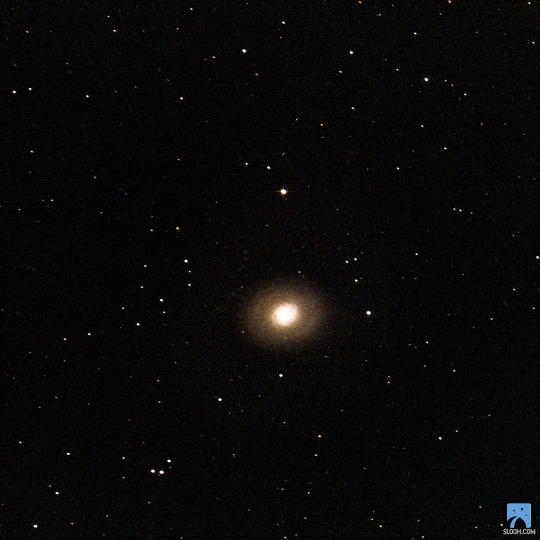
This is the Cat’s Eye Galaxy! 😻😻😻
Within the bright starburst ring, new stars are rapidly forming due to pressure from the galactic center compressing dust and gas. Recently, two faint spiral arms that extend far into space were discovered! 🌌🌌🌌
Taken by me (Michelle Park) using the Slooh Canary Three telescope on June 22nd, 2022 at 00:04 UTC.
#astroimages#astro#astronomy#astrophysics#universe#space#nightsky#night#telescope#telescopes#astrophotography#photography#slooh#slooh canary three#slooh canary three telescope#galaxy#galaxies#cat's eye galaxy#spiral#spiral galaxy#spiral galaxies
51 notes
·
View notes
Photo
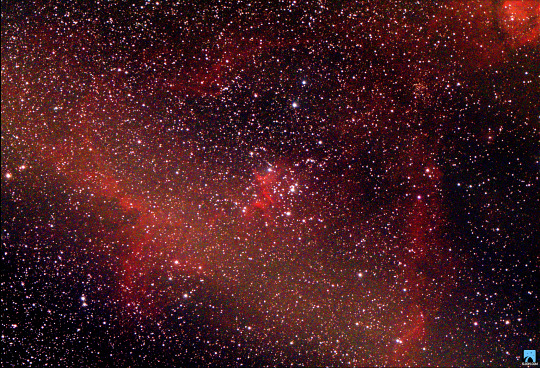
This is the Heart Nebula! 💖💖💖
Happy Valentine’s Day! To celebrate this occasion, here is the beautiful Heart Nebula, an emission nebula with dark dust lanes and glowing red hydrogen gas. The heart shape of the nebula is driven by stellar winds from the hot stars inside, some of which have masses up to 50 times the Sun! 💕💕💕
Taken by me (Michelle Park) using the Slooh Canary Two telescope on February 7th, 2022 at 21:13 UTC.
#astroimages#astro#astronomy#astrophysics#universe#space#night#telescope#telescopes#astrophotography#photography#star#stars#heart nebula#nebulae#valentine's day#love#slooh#slooh canary two#slooh canary two telescope#canary two telescope#happy valentine's day#valentine#nightsky#emission nebula#emission nebulae
266 notes
·
View notes
Photo

This is the Orion Nebula! ✨✨✨
Recent observations by the Hubble Space Telescope reveal the presence of protoplanetary disks, or proplyds, in the Orion Nebula. Newborn stars form in this beautiful nebula when clumps of hydrogen gas condense and become hot enough for stellar fusion! 💥💥💥
Taken by me (Michelle Park) using the Slooh Canary Two telescope on January 20th, 2022 at 3:22 UTC.
#astroimages#astro#astronomy#astrophysics#universe#space#night#telescope#telescopes#astrophotography#photography#star#stars#nebula#nebulae#orion nebula#orion#constellation#constellations#slooh canary two#slooh canary two telescope#canary two telescope#star-forming region#protostar#protostars
209 notes
·
View notes
Photo

This is NGC 3576! 💫💫💫
Located 9000 light years away in the Eta Carinae Nebula, this nebula’s distinct shape has earned in the nickname “The Statue of Liberty Nebula”. Drifting through the Milky Way’s Sagittarius Arm, rampant star formation and ensuing stellar winds shape this beautiful collection of gas and dust! 🌠🌠🌠
Taken by me (Michelle Park) using the Slooh Canary Two telescope on December 8th, 2021 at 5:07 UTC.
#astroimages#astro#astronomy#astrophysics#universe#space#star#stars#telescope#telescopes#astrophotography#photography#nebula#nebulae#emission nebula#emission nebulae#ngc#ngc 3576#slooh#slooh canary two#canary two telescope#slooh canary two telescope#nightsky#constellation#constellations
170 notes
·
View notes
Photo
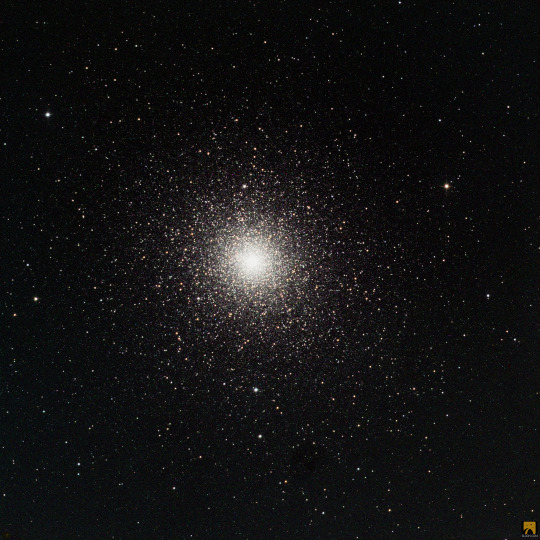
This is 47 Tucanae! ✨✨✨
Known as the second brightest cluster after Omega Centauri, this ten thousand star cluster is visible without a telescope and is approximately the size of the full Moon. This cluster is so massive that there may be a black hole in its center and hundreds of x-ray sources have been detected! 💫💫💫
Taken by me (Michelle Park) using the Slooh Canary Two telescope on October 29th, 2021 at 02:03 UTC.
#astroimages#astro#astronomy#astrophysics#universe#space#night#telescope#telescopes#astrophotography#star#stars#cluster#clusters#globular cluster#globular clusters#47 Tucanae#slooh#slooh canary two#canary two#canary two telescope#slooh canary two telescope#nightsky#constellation#constellations
188 notes
·
View notes
Photo
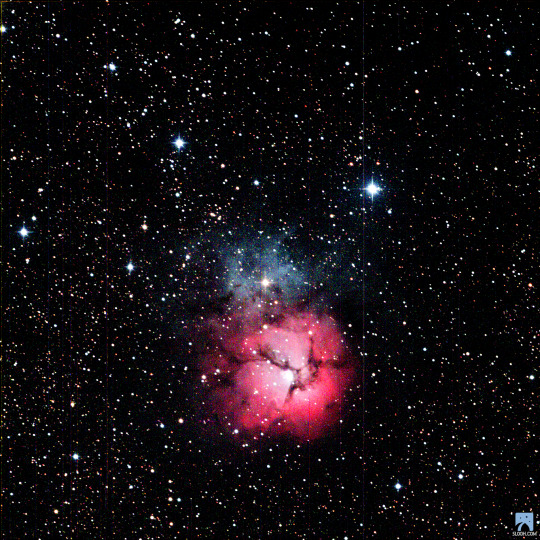
This is the Trifid Nebula! 🌺🌺🌺
With an age of around 300,000 years, this nebula is one of the youngest emission nebulae known. Its name comes from the multiple dust lanes across the nebulae that cover a newly born cluster of stars! ✨✨✨
Taken by me (Michelle Park) using the Slooh Canary Two telescope on August 24th, 2021 at 22:48 UTC.
#astroimages#astro#astronomy#astrophysics#universe#space#night#telescope#telescopes#astrophotography#photography#star#stars#nebula#nebulae#trifid nebula#messier#slooh#canary two#slooh canary two#canary two telescope#slooh canary two telescope#nightsky#constellation#constellations#emission nebula#emission nebulae
308 notes
·
View notes
Photo

This is the Toby Jug Nebula! 💫💫💫
This oddly shaped reflection nebula is composed of carbon, titanium dioxide, and calcium oxide dust. The interesting name Toby Jug comes from an old English drinking vessel that the discoverers of the nebulae drank out of when they were younger! 🍂🍂🍂
Taken by me (Michelle Park) using the Slooh Canary Two telescope on November 12th, 2021 at 2:47 UTC.
#astroimages#astro#astronomy#astrophysics#universe#space#night#telescope#telescopes#astrophotography#photography#star#stars#nebula#nebulae#slooh#slooh canary two telescope#slooh canary two#canary two telescope#toby jug nebula#nightsky#constellation#constellations
121 notes
·
View notes
Photo

This is Ceres! 🌠🌠🌠
Ceres is the only dwarf planet in our inner solar system and the largest object within the Asteroid Belt. Water vapor is being released from the dwarf planet, resulting in Ceres losing 6kg of its mass per second through steam! 🌊🌊🌊
Taken by me (Michelle Park) using the Slooh Canary Two telescope on March 7th, 2022 at 20:11 UTC.
#astroimages#astro#astronomy#astrophysics#astrophotography#photography#star#stars#comet#comets#asteroid#asteroids#asteroid belt#dwarf#dwarf planet#planet#planets#solar system#slooh#slooh canary two#slooh canary two telescope#ceres#solar#sun#space#nightsky#sky#constellation#constellations#moon
57 notes
·
View notes